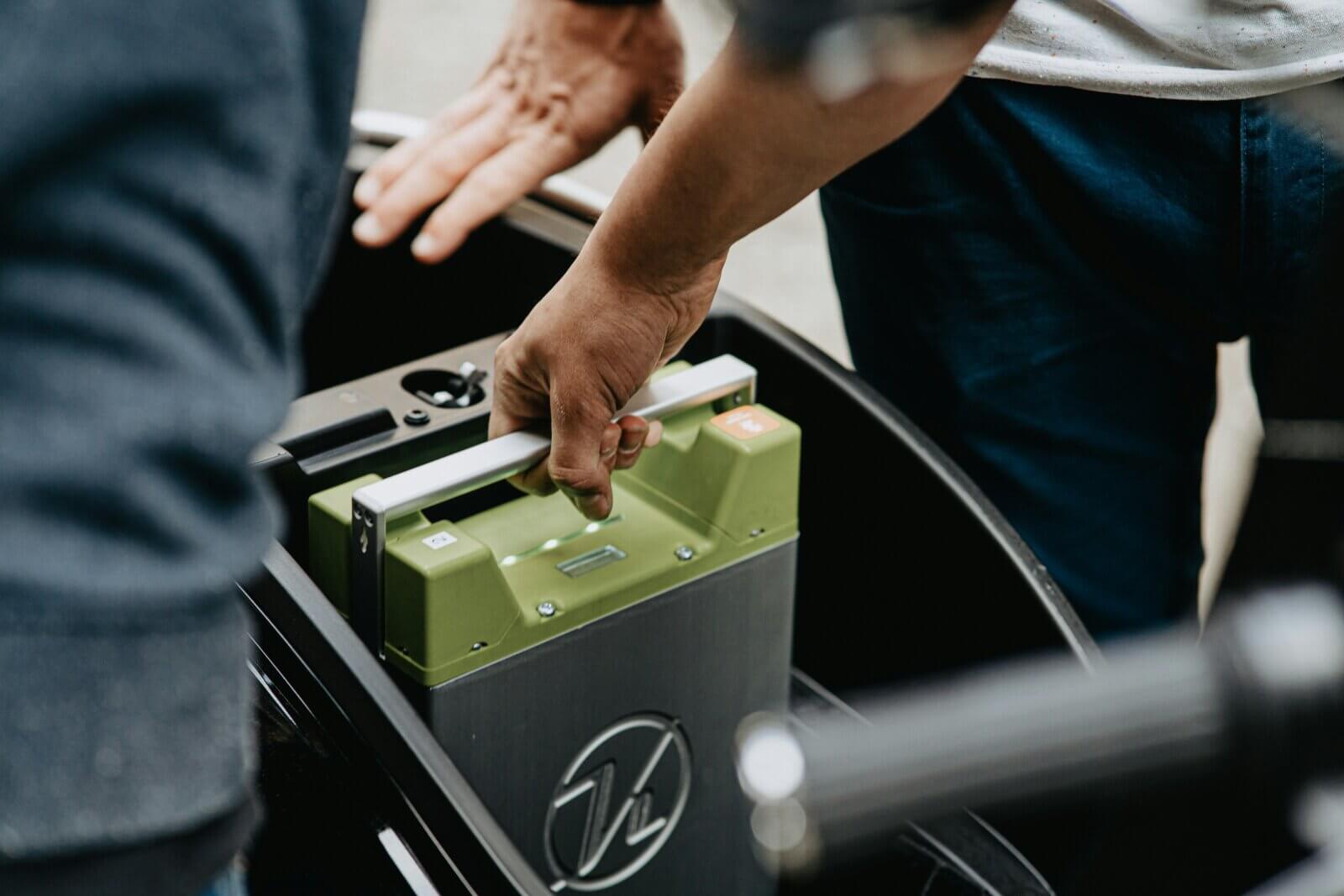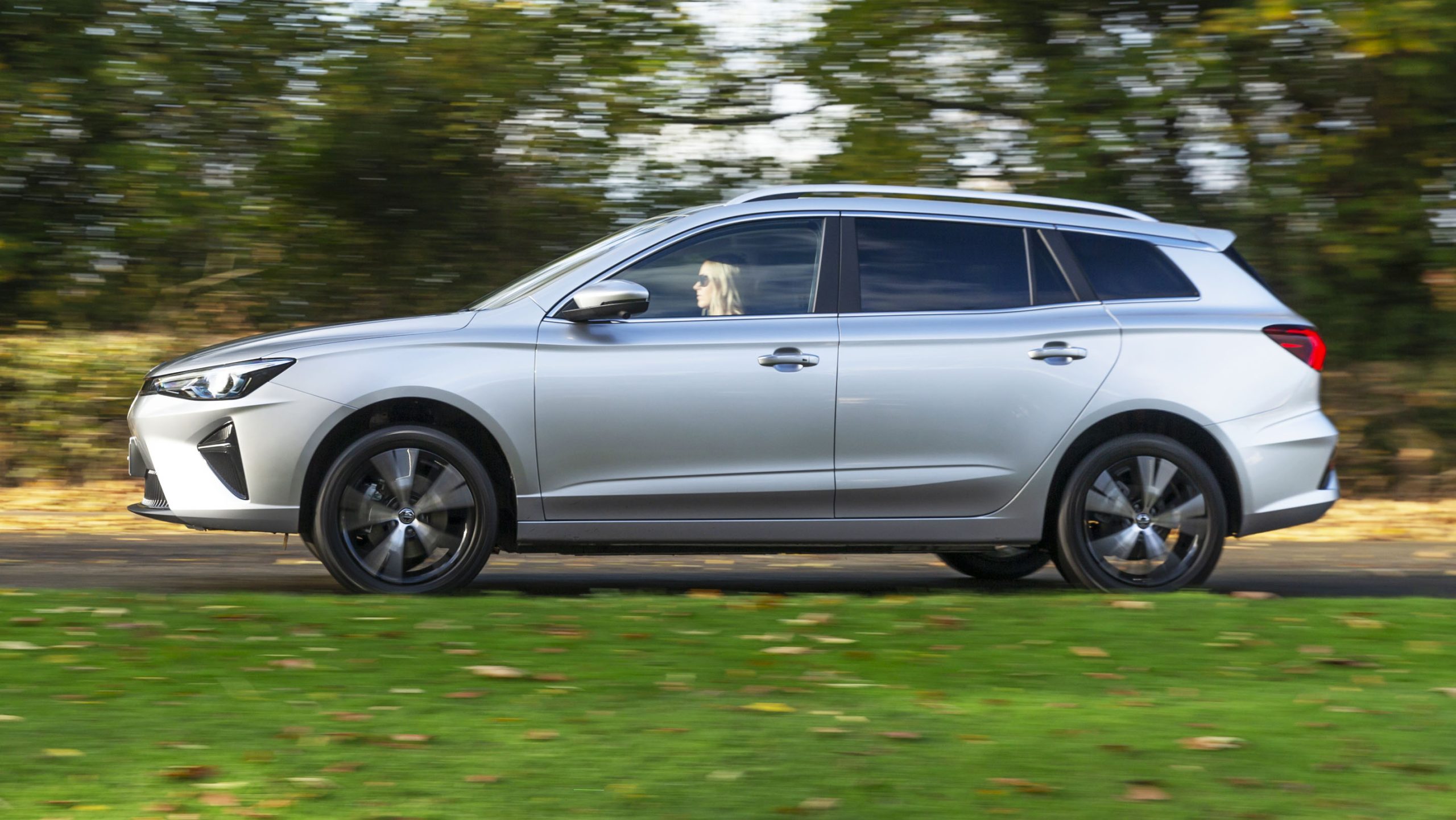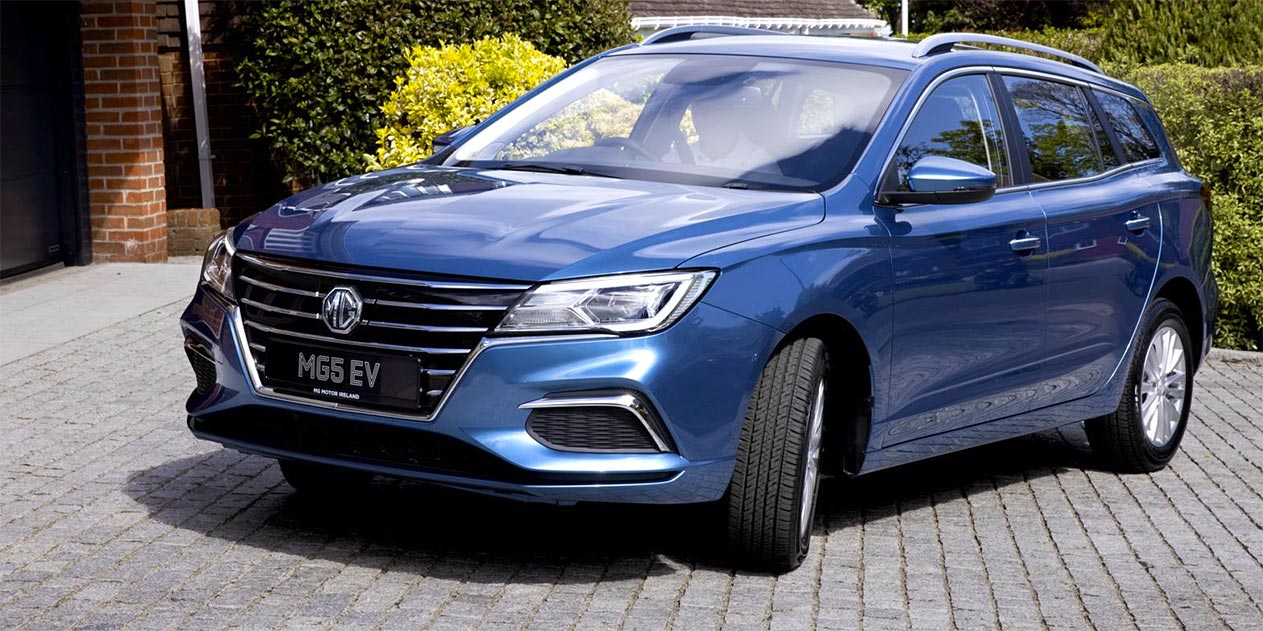
Who disposes of electric vehicle batteries and how
Most electric vehicles have lithium-ion batteries. They are the same as in laptops, phones or screwdrivers. They are designed for 4-8 years of operation. After that, they lose about 25-30% of their capacity and must be replaced. You can't just throw them away, because the battery contains elements such as lithium, cadmium, nickel, lead - they will infect the soil and groundwater [...]
Content:
Most electric vehicles have lithium-ion batteries. They are the same as in laptops, phones or screwdrivers. They are designed for 4-8 years of operation. After that, they lose about 25-30% of their capacity and must be replaced. You can't just throw them away, because the battery contains elements such as lithium, cadmium, nickel, lead - they will contaminate the soil and groundwater. We'll tell you what to do with used batteries and dispel the myth of their unecological disposal.
Law on batteries and accumulators
In autumn 2019, members of the Servant of the People party submitted a draft law to the Verkhovna Rada "About batteries and accumulators" . According to it, starting in 2021, all companies that produce or import batteries and accumulators (including electric vehicle batteries) into Ukraine must create an ecosystem for their recycling. The ecosystem means that companies will independently organise the collection and recycling of used batteries and accumulators.
Companies can either manage their own waste or team up with organisations that specialise in this area and pay contributions to their funds. One way or another, all used batteries will be sent to Europe for recycling, as there are no such plants in Ukraine. Although it is quite possible that in 5-8 years something similar will appear here.
There was only one plant in Ukraine that recycled batteries - Argentum. In 2018, it closed. However, even it did not have all the necessary industrial capacity, so the recycling process was handicraft: the batteries were partially recycled, extracting precious and non-ferrous metals from them, and everything that remained was simply thrown into the garbage. Apart from Argentum, there are other companies licensed to recycle batteries, but they all have the same problem: a lack of the necessary technology. At the moment, all organisations that collect batteries (for example, the "Batteries, surrender"), they simply accumulate them, then negotiate with Poland, Romania, or other countries where they can send them for recycling.
The European Union has had legislation in place for more than 10 years requiring manufacturers to accept and recycle car batteries. Recycling plants operate in Germany, France, Belgium, and Finland. Other countries collect and send batteries to them for recycling. Ukraine is one of these countries, but with its own nuances.
Currently, Ukrainian citizens who own electric vehicles can hand over their used batteries to the service centres of manufacturers who sell new cars through authorised dealers. But there are few of them in our country (Renault, BMW, Hundai). If it is a used car, or a new one, but not purchased from an authorised dealer, then it will not be possible to hand over the battery for recycling.
When the legal framework is in place in our country, manufacturers will be obliged to accept batteries from all cars, regardless of how and where they were bought. However, not all service centres agree with this and consider this approach unfair, because exporting batteries abroad requires money: for transportation, the purchase of special containers and ensuring safety conditions. It's one thing to invest when it comes to new cars sold through a dealer, and quite another to take responsibility for the batteries of electric vehicles that have been imported into Ukraine illegally.
Until there is a relevant law, car owners who have bought an electric car not through an official representative office can take several options:
- sell the battery (if it was not damaged in the accident);
- send to the official service of the car manufacturer (for example, the closest Tesla service to Ukraine is located in Poland in Warsaw at: 69/ 71a Rowińska);
- use again, but for other purposes (for example, to create a backup energy source).
How electric vehicle batteries are recycled in Europe
While Ukraine does not have a battery recycling plant and a legal framework that would regulate their collection and transportation, Europe has learned to dispose of batteries in the most environmentally friendly way possible. For example, here is a German company Duesenfeldwhich has developed a method of recycling without heat treatment.
To recycle a lithium-ion battery, it is placed in a(this is how the Belgian company Umicore operates). When it is heated, the aluminium, graphite and electrolyte burn out, while the nickel, cobalt and copper are fused. Some of the materials turn into ordinary slag, while others can be reused. Duesenfeld's technology is based on the latter.
In 2019, the first shredder for lithium-ion batteries was created. The challenge for Duesenfeld was to prevent the electrolyte from catching fire. The specialists succeeded in this, so not only 70% is stored in the recycling process, but all 96% of valuable materials.
Processing is carried out in the following sequence:
- The battery is completely discharged, then disassembled and sorted by cell type;
- place the battery in a shredder filled with inert nitrogen;
- crush battery packs under pressure;
- reduce the pressure, recover the evaporated electrolyte by condensation and collect it in liquid form in a special container;
- Anything left over from the battery (copper, aluminium, lithium powder, nickel, manganese, cobalt) is dried and sent for reuse.
The result is two products: an electrolyte (which remains as a clear liquid) and granules of various metals. The main things you need to know are This process does not burn out the electrolyte, does not release CO2 into the atmosphere and does not produce toxic fluorine compounds.
The recycling of lithium-ion batteries at Duesenfeld is now on an industrial scale. The plant processes up to 3,000 batteries per year.
Reusing electric vehicle batteries is another way out
Many automakers are looking for opportunities to reuse lithium-ion batteries to create a closed loop of recycling. After all, even after 100,000 kilometres, the batteries retain about 70% of capacity. This is not enough for further trips, but it is enough for the operation of power plants.
For example, Nissan used used batteries to build a large buffer energy storagewhich is now involved in the operation of a solar power plant near the Japanese city of Osaka.
Another example is provided by General Motors and ABB: they have developed a technology that allows the use of used batteries for power supply to residential buildings. Such a system is charged by the sun or by the power grid at night, when tariffs are cheaper.
Audi and Umicore decided to launch the recycling of electric vehicle batteries. In January 2020, they began using recycled materials as raw materials for reuse. Over time, they plan to use the recycled materials in full and produce batteries for new electric vehicles.
A separate problem that hinders the transition to a closed loop is Assessment of the suitability of batteries - This procedure is expensive and time-consuming (it takes about 3 hours to test one battery). Experts from Nissan, Element Energy and Ametek have developed an experimental unit that reduces the testing time to 3 minutes, although the cost and thoroughness of testing remain unchanged. But even this is already a significant step forward, which will help sort more batteries in less time.
Which companies reuse electric vehicle batteries. Source: bloomberg.com
What to do for owners of electric vehicles in Ukraine
- If you bought an electric car from an authorised importer - you can hand over the battery to this company: they will remove the battery and send it for recycling to Europe.
- If you bought an electric car unofficially or even second-hand - wait for the relevant legislation to appear in Ukraine, which will oblige official importers to take responsibility for battery recycling.
The best option is learn how to reuse undamaged batteries or sell them to those who do. In the EU, only 1% of batteries are sent for recycling (these are batteries that cannot be recovered), and 99% are used in energy storage systems, for example, as part of a solar power plant.






